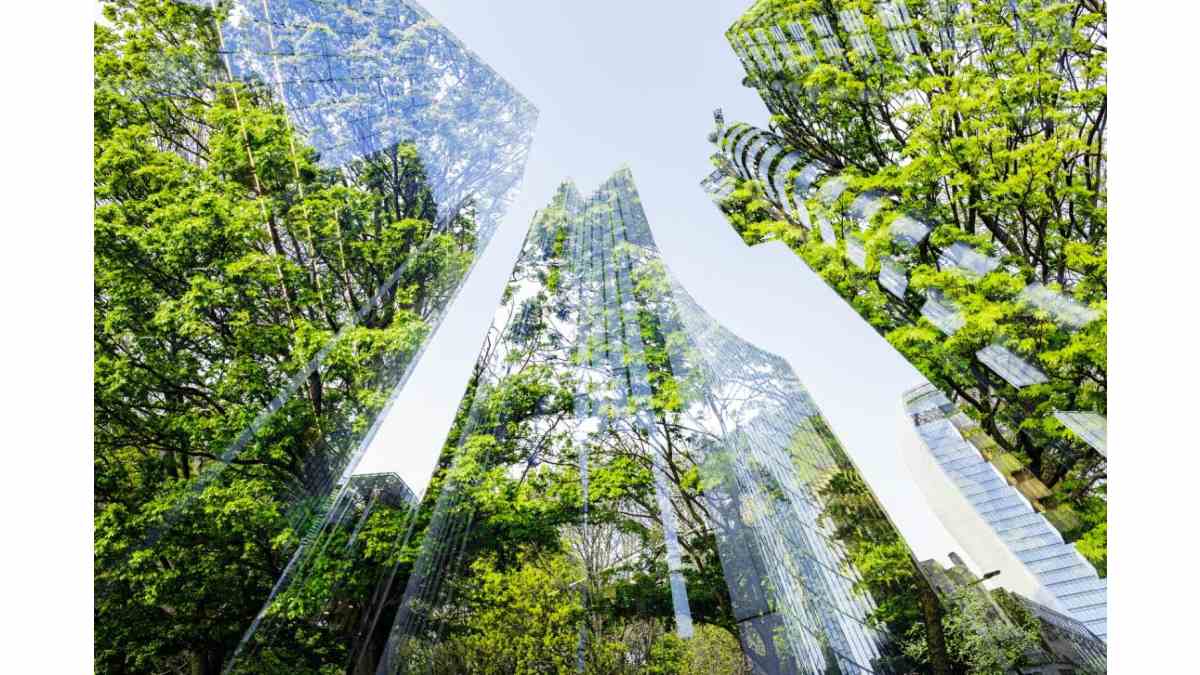Latin America. Sustainable construction has become a crucial imperative as we face significant environmental challenges. The United Nations Environment Programme's (UNEP) "2022 Global Status Report for Buildings and Construction" highlights that approximately 37% of CO₂ emissions are attributed to buildings, underscoring the urgency of addressing efficiency and sustainability in the construction sector.
Latin America, home to nearly 64% of the population of the Americas, faces a projected 20% increase in building construction by 2040, according to the Inter-American Development Bank.
Buildings, responsible for 40% of annual CO₂ emissions and 30% of global energy consumption, must be decarbonized to limit global warming to 1.5°C by 2050, according to the Intergovernmental Panel on Climate Change (IPCC). Latin America, with the projection of 230 billion square meters of new buildings in the next four decades, has a fundamental role in this transition.
"Importantly, in addition to reducing emissions, resilience to extreme weather events is essential. Buildings must be designed to withstand floods, fires, and other environmental challenges. Strategies such as the use of eco-friendly materials, energy efficiency and distributed generation with renewable energies are crucial," said Marco Astúa, digital solutions leader at Schneider Electric in Central America.
Sustainable buildings, which reduce or eliminate negative impacts and generate positive impacts on the climate and the environment, offer multiple benefits. In addition to preserving natural resources, they improve health, productivity and quality of life.
By 2050, more than 2.5 billion people are expected to live in cities, increasing energy consumption by 50%. The key lies in energy efficiency and energy decarbonisation, with 82% untapped potential in existing buildings.
Trends for 2024
● Increased resilience: Disruption in power supply can cause financial losses. Owners and operators must adapt and mitigate risks to ensure business continuity. Distributed generation and microgrids offer an option to increase resiliency in buildings, while also producing and storing clean energy.
● Improved efficiency: It is critical to reduce emissions and operating costs. IoT technologies enable informed decision-making to optimize operational budgets.
● People-centric buildings: Automation and data are key to meeting the comfort and well-being needs of occupants. Artificial intelligence controls predictive controls, real-time maintenance, and cost reduction.
"The vision for 2024 is for buildings to be fully digital and electric, with a focus on people's comfort and health. Automation offers significant savings, up to 30% in energy and water, and contributes to a 35% decrease in emissions," added Astúa.



























Leave your comment